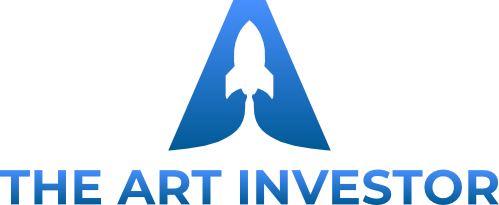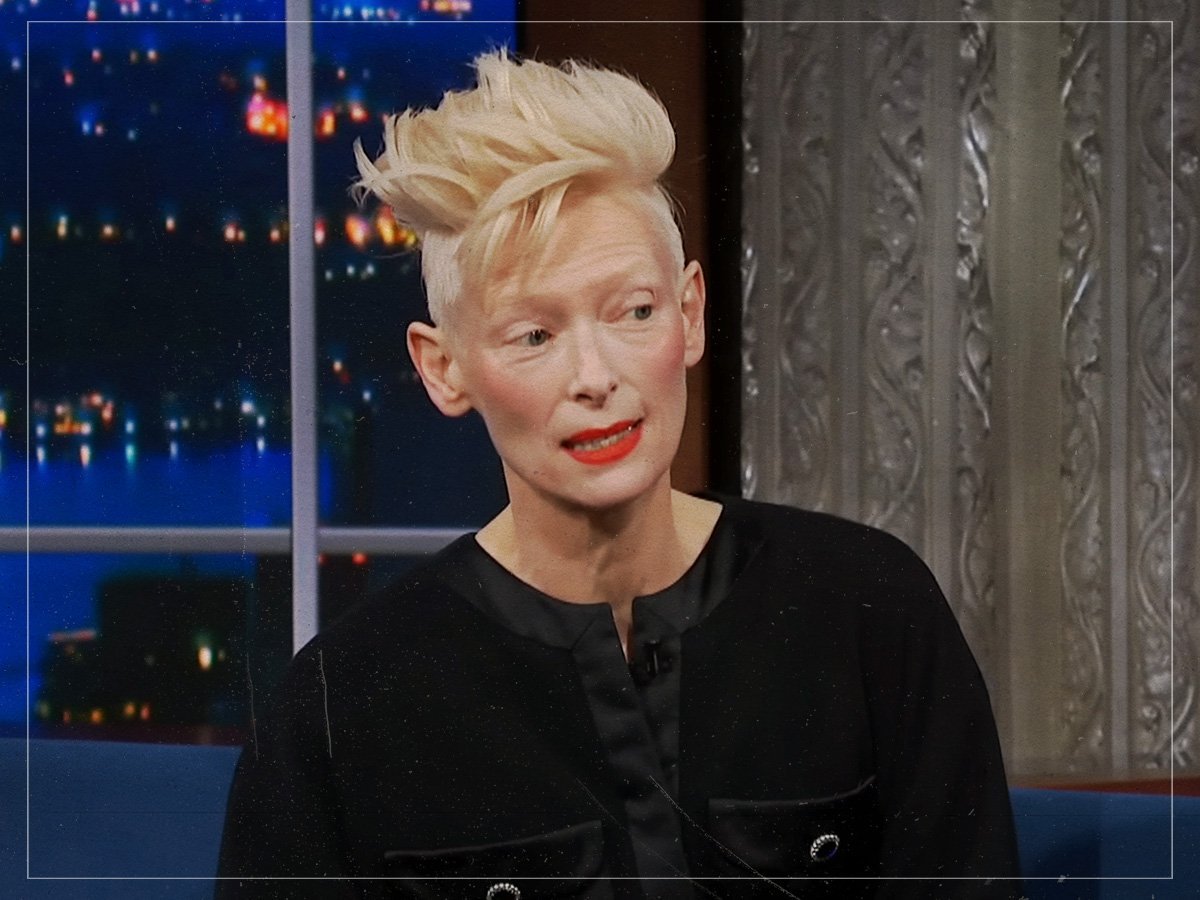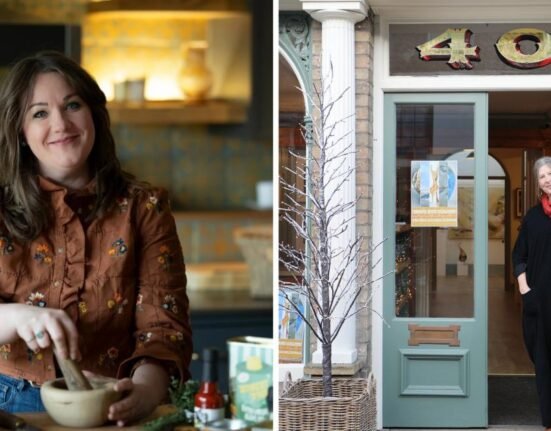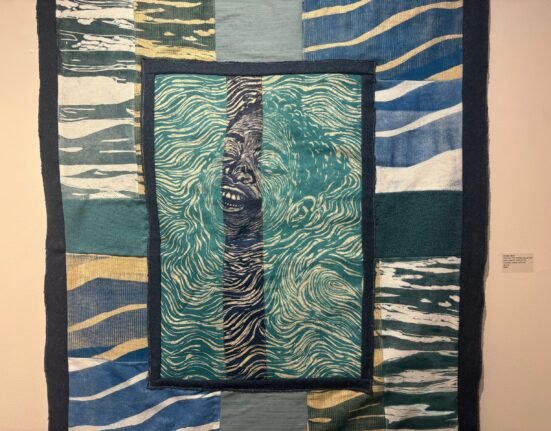
(Credits: Far Out / YouTube Still)
It’s refreshing to see stars like Tilda Swinton, who has long put genuinely interesting pieces of cinema at the forefront of her career. Unafraid to take on a role, no matter how boundary-pushing, the actor has triumphed as one of Britain’s most unique stars, with true artistry integral to her choices.
It was back in the early 1980s that Swinton got her start, and like many actors, she took her first steps into the industry on the stage. Theatre wasn’t her true calling, though, because soon she was appearing in some rather experimental works of cinema, finding herself a close collaborator with innovator and avant-garde master Derek Jarman.
Across films like Caravaggio, The Last of England, War Requiem and Blue (just to name a few), Swinton and Jarman were a match made in cinematic heaven. Identity was always at the core of Jarman’s work, and Swinton – who’s never been fussed about sticking to gender norms or playing it safe – slotted right into that world. It felt like fate, really. She clearly got what he was going for, time and time again – deconstructing British history, diving headfirst into queer politics, and shining a light on those the country usually shoves to the sidelines.
Swinton has also collaborated closely with filmmakers like Joanna Hogg and Luca Guadagnino, finding herself similarly enraptured by the strange worlds they craft. Few actors are able to form such strong and beautiful bonds with a director enough for them to be fully trusting of their star as part of the production, not simply just a body for hire.
Take Guadagnino’s Suspiria remake from 2018, for instance. That film might never have seen the light of day if it weren’t for Swinton, who first cooked up the idea with him a full 25 years before it actually got made. She’s always up for a bit of collaboration, which is exactly why she agreed to be part of an exhibition about her career – using it as a way to shout about how vital it is to create art with others, not just around them.
Ongoing, which is currently available to view at EYE Film Institute until February, sees Swinton celebrate a varied career which she has so carefully carved out. “It was not my idea to make a show. But the show that it is, is entirely my idea. Sandra [den Hamer], the previous director of Eye, asked me probably about five years ago if I would consider making a show,” she said.
“And I hesitated, really big time hesitated. I didn’t think it was going to be possible. It was 35 years since I’d been making work, and I felt overwhelmed by the amount of work I’d made and the projects I’d made, particularly over the last 20 years, really developing a very sporadic relationship with all kinds of cinema,” she explained to Sleek Mag.
Yet, the best way to process such a varied career proved to be through an installation, which laid out the vital collaborations that have shaped Swinton into the multi-disciplinary artist she is today. “To make sense of that felt overwhelming. It was only after reflecting for a couple of years that I began to think there might be a way if I focused on what really makes me make work, which is fellowship.
“Then the next animating idea was that I have to make a show that might be useful. I can’t commit myself to making a show that is just kind of retrospective. I didn’t think that it would be useful for anybody who might need a burst of courage to make work themselves.”
Collaboration really is one of the most important things when it comes to making art; it allows art to become a binding unit, a place of shared understanding and community. That’s one of the main takeaways Swinton holds closest to her.
Related Topics







